Features > Property News & Insights > Market updates
Perth’s property boom shows no signs of slowing in 2025
.png)
Image from Sky News Australia
KEY POINTS
- Despite claims that Perth is no longer an ideal property investment destination, data from several sources points to strong continued price growth in the capital
- Perth property offers strong rental returns, with a continuing low rental vacancy rate signalling strong demand and putting upward pressure on rents
- Western Australia leads in job growth and population increase, but slow land releases and long build times are limiting supply, boosting property values
In the middle of last year, two leading figures in property investment declared that Perth was “cooked”.
In other words, would-be investors would be wise to look elsewhere in Australia, as property in Perth was now relatively overvalued and the rental market had been saturated by investors.
However, the latest data from the Real Estate Institute of WA (REIWA), SQM Research, CoreLogic, the Housing Industry Association and CommSec throw serious doubt on that claim.
In fact, the data points to Perth continuing to be a key market for investors.
The details
The claim that Perth was already “cooked” as an investment destination was made by Tyrone Hyde, the CEO of property valuation firm Washington Brown, on his popular “Ten with Ty” podcast.
Hyde made the claim while chatting with Hotspotting director and founder Terry Ryder, who did not disagree with that assessment.
Eight months on, the claim looks as controversial as it did at the time.
CoreLogic’s latest monthly Home Value Index figures show that while growth was unchanged across Australia as a whole during January 2025, Perth was one of the capital cities where homes continued to increase in value, albeit at a slower pace than six months ago.
CoreLogic says the median dwelling in Perth is now worth $809,870, up 0.4% in January, 1% over the last three months and a whopping 17.1% over the past year.
Separate figures from REIWA are even more jaw-dropping.
The real estate body says Perth’s median house sale price rose 1.4% in January to $750,000, 23.0% higher than the figure in January 2024.
REIWA says the median unit sale price in Perth rose by 1% during the month and 20.5% year-on-year to $500,000.
The CEO of REIWA, Cath Hart, says Perth property prices are still rising, but at a slower pace than seen during 2024.
“We are seeing a softer market at the moment, which is fairly typical of festive season activity but also reflects the easing of FOMO seen in the latter part of 2024.
“Our members report buyers are being more discerning and are generally taking more time with their purchasing decisions.
“However, activity does vary across Perth.
“Buyers are seeking quality – well-presented homes in sought-after areas are still seeing good numbers at home opens and are selling quickly.”
REIWA says the Perth suburbs that saw the most growth in January were Scarborough (up 2.7% to $1,204,000), Dawesville (up 2.5% to $717,500), Camillo (up 1.8% to $580,000), Greenfields (up 1.7% to $590,000) and Port Kennedy (up 1.5% to $690,000).
Seville Grove, Nollamara, Swan View, Dayton and Joondalup were also among the top performers, recording growth of 1.2% or more over the month.
REIWA says houses in Perth were on the market for a median of 22 days in January, while units sold in just 17 days.
While this is slower than a year ago, Ms Hart believes time-on-market figures could drop as the city’s real estate market enters the busy autumn season.
Listings are also up 25.5% from a year ago, usually a sign of slowing price growth.
While this may indicate new investors may not experience the stunning capital growth seen over the past two years in Perth, this is only part of the story.
REIWA figures show the median house rent in Perth in January was $670 a week - up $50 or 8% - on January 2024 prices.
Given that the median house price in Perth is $750,000, this equates to a median rental yield across the city of 4.65%.
Compare this to the median rental yield of just 2.75% for a house in Sydney.
Despite the huge recent jump in prices, homes in Perth are still affordable, especially when compared to housing in Sydney, Brisbane and Canberra.
With some careful suburb selection by savvy investors, that already generous rental yield can be significantly improved.
Take the affordable suburb of Camillo in the city’s sprawling south-east.
While REIWA says the median price there is $580,000, a quick search shows weekly rents for houses are around $600 per week, presenting investors with excellent annual rental yields of around 5.4%.
Limited supply
Another factor that investors should consider is vacancy rates.
According to SQM Research’s latest figures, in December 2024, Perth had a rental vacancy rate of just 0.7%.
This suggests demand for rental properties remains extremely strong and that the market is still heavily tilted in favour of landlords, meaning there’s likely to be strong competition for rental properties and continual upwards pressure on rents in Perth.
For reference, a vacancy rate of around 3% is usually indicative of a so-called “balanced” market, where prospective tenants have plenty of suitable housing to choose from, but landlords can still expect fair rental returns.
It’s hard to see rental vacancy rates easing significantly in the foreseeable future in Perth or in most cities and towns in WA anytime soon.
Western Australia came first in the latest Commsec State of the States report, which ranks states and territories on a number of economic indicators.
Commsec found WA had the strongest job market, the strongest population growth (a very strong 2.82% in absolute terms) and the strongest retail spending.
While it also led the other states when it came to dwelling starts, WA has an ongoing problem of not building new homes fast enough to deal with a rapidly increasing population.
The state government has also been slow to release new land for greenfields development in the Greater Perth area, seemingly caught by surprise by the state’s stellar economic performance and strong population growth.
That land shortage has sent the median price of a new shovel-ready block in the city shooting up by 38.6% in the last year alone, according to figures compiled by the Housing Industry Association and CoreLogic.
West Australia also has the dubious distinction of having some of the longest average dwelling build times in Australia.
ABS figures show on average it takes 2.47 quarters to build a house in WA, compared to just 1.71 in Queensland.
For more high-density projects such as townhouses, WA again comes last, taking on average, 3.44 quarters, compared to just 2.32 in Queensland.
Since those ABS figures were published in 2019, build times in WA have blown out further, as the state has been hit by a large number of builder insolvencies, leaving half-completed homes dotting Perth’s suburbs.
The take-out
Despite claims that Perth is “cooked”, there’s no getting away from the fact that the housing crisis that’s gripping much of Australia is particularly acute in Perth.
Perth has a strong economy, a great jobs market, very strong population growth and plenty of new infrastructure spending.
On the other hand, housing supply is constrained; there are not enough new homes coming onto the market and strong competition for what’s available continues to drive up values and rents.
Dwelling price growth may have slowed in recent months, but that could change with forecast interest rate cuts this year.
As a property investment destination, Perth’s fundamentals are sound.
Stay Up to Date
with the Latest Australian Property News, Insights & Education.




.png?width=292&height=292&name=Copy%20Link%20(1).png)
 SIGN UP FOR FREE NEWSLETTER
SIGN UP FOR FREE NEWSLETTER
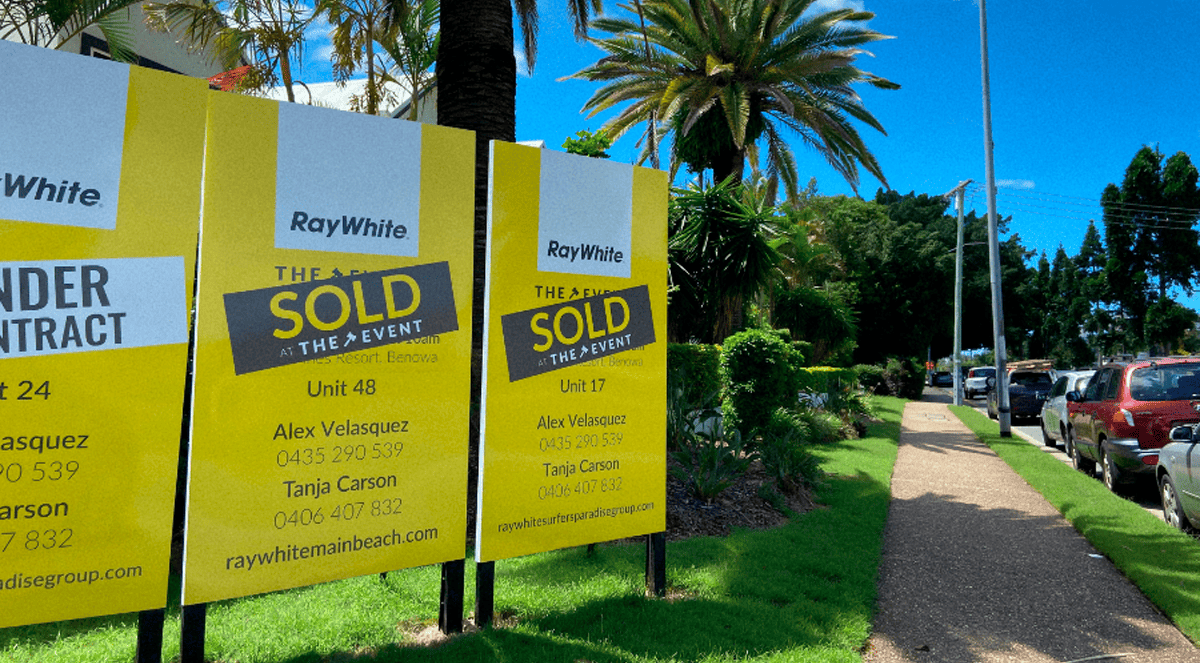
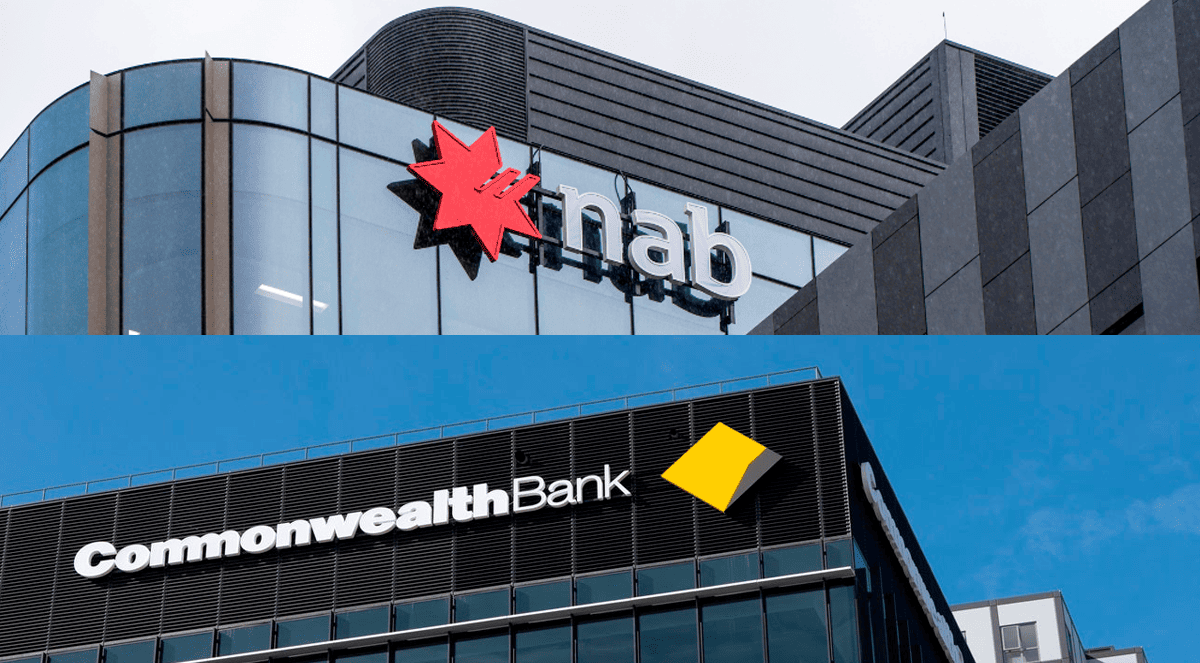
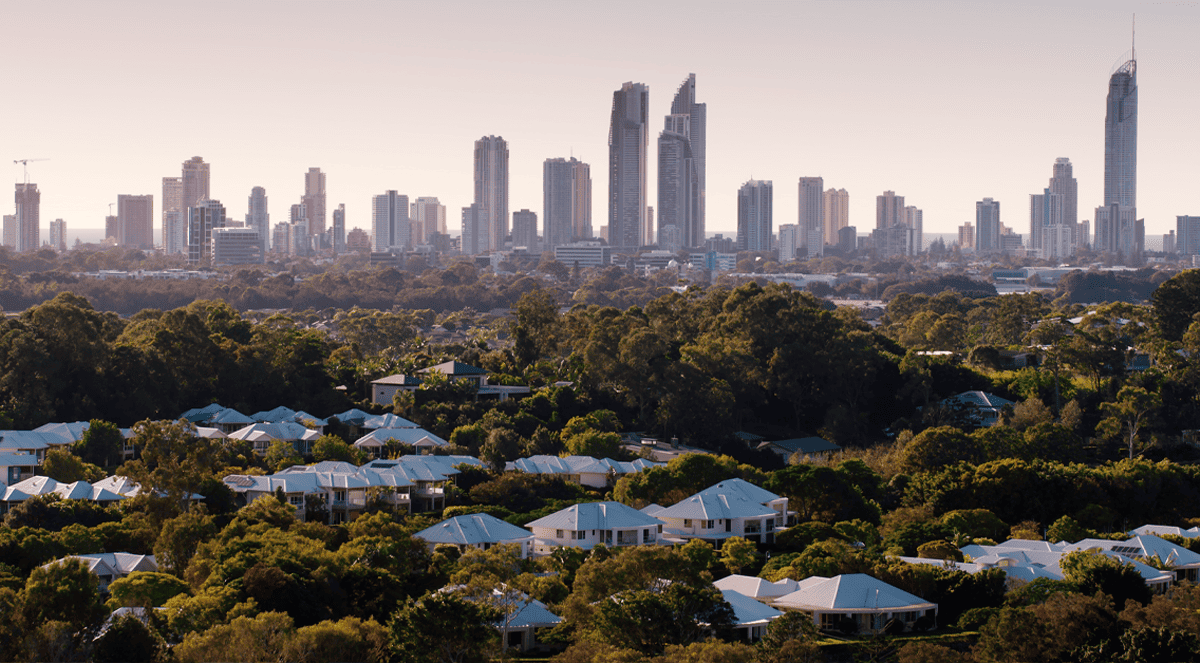
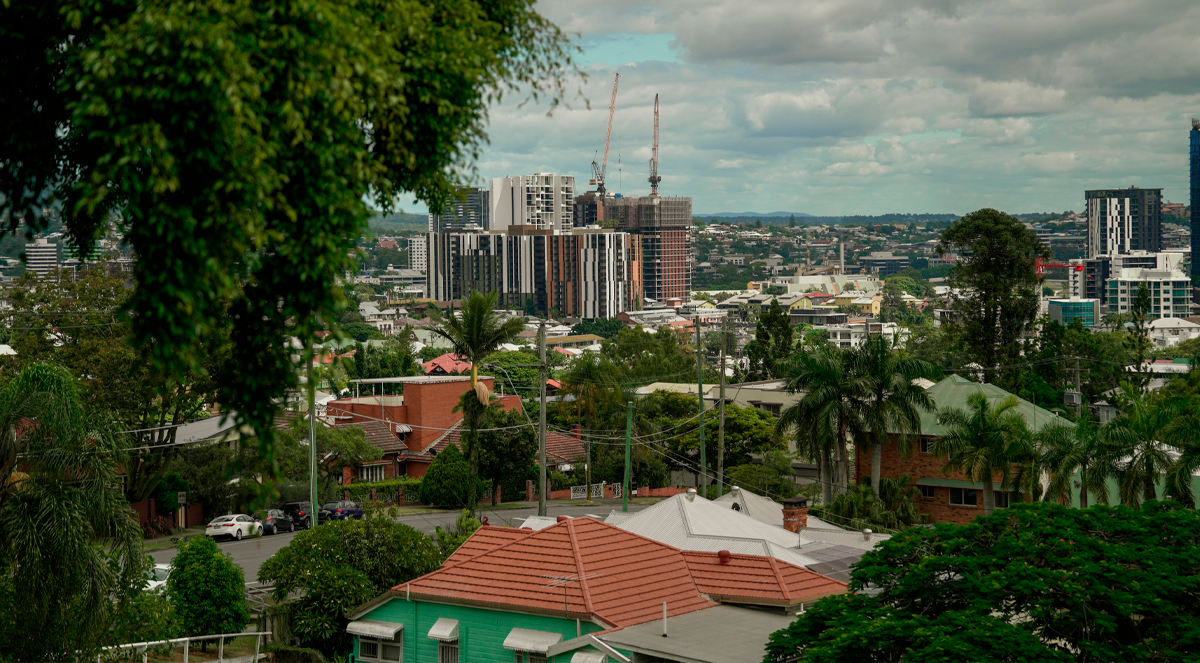
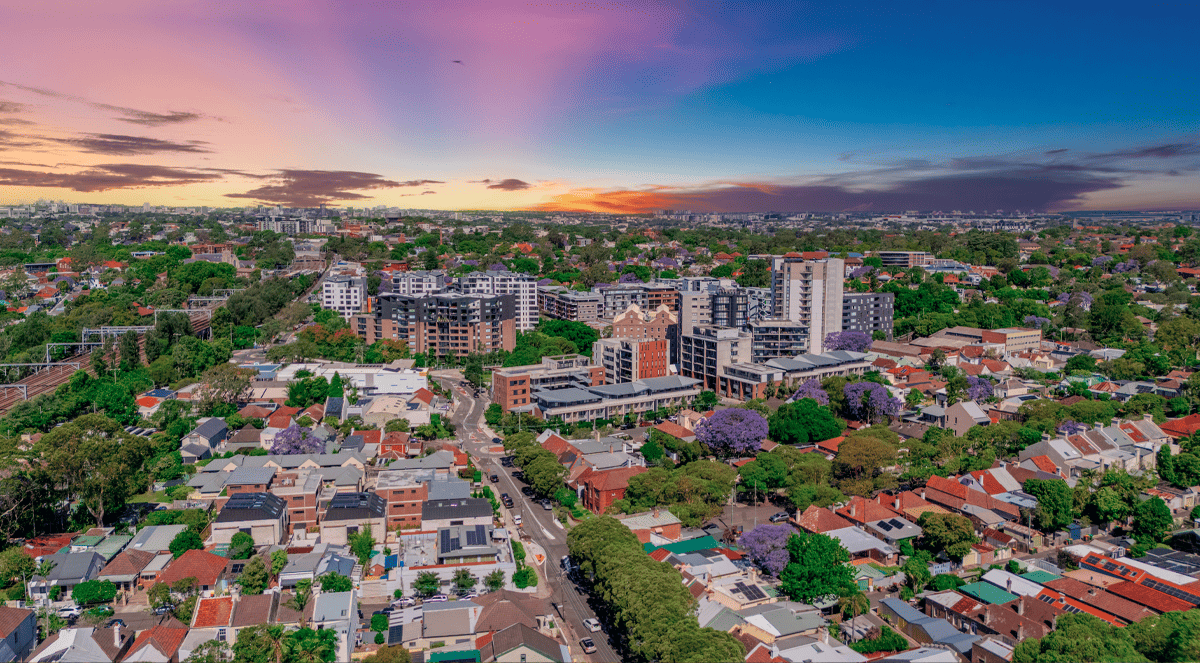
.jpg?width=1920&height=1080&name=Warning%2c%20You%20Might%20Be%20Facing%20Higher%20Taxes%20Soon%20(1).jpg)





.png?width=1920&height=1080&name=Rate%20Drops%20Signal%20BIGGEST%20Property%20Boom%20in%20DECADES%20(1).png)

.jpg?width=1920&height=1080&name=Labor%20vs%20Liberal%20These%20Housing%20Policies%20Could%20Change%20the%20Property%20Market%20Forever%20(1).jpg)
.jpg?width=1920&height=1080&name=QLD%20Slashes%20Stamp%20Duty%20Big%20News%20for%20Investors%20%26%20Home%20Buyers%20(1).jpg)
.jpg?width=1920&height=1080&name=Trump%20Just%20Slapped%20Tariffs%20%E2%80%93%20Here%E2%80%99s%20What%20It%20Means%20for%20Australia%20(1).jpg)
.jpg?width=1920&height=1080&name=Federal%20Budget%202025%20More%20Debt%2c%20No%20Housing%20%E2%80%93%20Here%E2%80%99s%20What%20You%20Need%20to%20Know%20(1).jpg)
.jpg?width=1920&height=1080&name=Australias%20Housing%20Crisis%20is%20about%20to%20get%20MUCH%20Worse%20(New%20Data%20Warns).jpg)
%20(1).jpg?width=1920&height=1080&name=Australias%20RENTAL%20CRISIS%20Hits%20ROCK%20BOTTOM!%20(2025%20Update)%20(1).jpg)
%20(1).png?width=1920&height=1080&name=Is%20Adelaide%20Still%20a%20Good%20Property%20Investment%20(2025%20UPDATE)%20(1).png)
.jpg?width=1920&height=1080&name=RBA%20Shocks%20with%20Rate%20Cuts!%20What%E2%80%99s%20Next%20for%20Property%20Investors%20(1).jpg)
%20(1).jpg?width=1920&height=1080&name=I%20Predict%20The%20Feb%20Rate%20Cut%20(My%20Price%20Growth%20Prediction)%20(1).jpg)
.png?width=1920&height=1080&name=Why%20Property%20Prices%20Will%20Rise%20in%202025%20Market%20Predictions%20(1).png)
.jpg?width=1920&height=1080&name=Why%20Investors%20Are%20Choosing%20Apartments%20Over%20Houses%202%20(1).jpg)
.jpg?width=1920&height=1080&name=Why%20Rate%20Cuts%20Will%20Trigger%20A%20Property%20Boom%20(1).jpg)
.jpg?width=1920&height=1080&name=Retire%20On%202Million%20With%20One%20Property%20(Using%20SMSF).jpg)
.jpg?width=1920&height=1080&name=4%20Reasons%20Why%20You%20Should%20Invest%20in%20Melbourne%20Now%20(1).jpg)
%20(1).jpg?width=1920&height=1080&name=Old%20Property%20vs%20New%20Property%20(Facts%20and%20Figures%20Revealed)%20(1).jpg)
%20(1).jpg?width=1920&height=1080&name=Will%20The%20New%20QLD%20Govt%20Create%20a%20Property%20Boom%20or%20Bust%20(My%20Prediction)%20(1).jpg)
%20Scott%20Kuru%20(1).jpg?width=1920&height=1080&name=Inflation%20Hits%20Three-Year%20Low%20(Will%20RBA%20Cut%20Rates%20Soon)%20Scott%20Kuru%20(1).jpg)
.jpg?width=1920&height=1080&name=How%20to%20Buy%20Investment%20Property%20Through%20SMSF_%20The%20Ultimate%20Guide%20(1).jpg)
.jpg?width=1920&height=1080&name=Victoria%20Slashes%20Stamp%20Duty%20Melbourne%20Set%20to%20Boom%20Scott%20Kuru%20(1).jpg)
.png?width=1571&height=861&name=Are%20Foreign%20Buyers%20Really%20Driving%20Up%20Australian%20Property%20Prices%20(1).png)
.jpg?width=1920&height=1080&name=The%20Single%20Factor%20That%20Predicts%20Property%20Growth%20Regions%20(1).jpg)
%20Scott%20Kuru%20(1).jpg?width=1920&height=1080&name=My%20Prediction%20On%20Rates%20%26%20Negative%20Gearing%20(Market%20Crash)%20Scott%20Kuru%20(1).jpg)

-1.png?width=1920&height=1080&name=Major%20Banks%20Cut%20Rates%20Will%20RBA%20Follow%20Suit%20(Sept%20Rate%20Update)-1.png)
%20Scott%20Kuru-1.png?width=1920&height=1080&name=Rate%20Cut%20Coming%20What%20New%20Zealands%20Move%20Means%20for%20Australia%20(Sept%20Prediction)%20Scott%20Kuru-1.png)
%20(1).jpg?width=1920&height=1080&name=Buy%20when%20the%20interest%20rates%20are%20high!%20(Why%20you%20must%20buy%20now!)%20(1).jpg)
.jpg?width=1920&height=1080&name=Carms_Revised%20Taxes%20Due%20Aug%209%20YT%20Thumbnail02%20(1).jpg)
.jpg?width=1920&height=1080&name=Carms_Too%20Little%20Too%20Late%20Aug%207%20YT%20Thumbnail01%20(1).jpg)









.jpg?width=1920&height=1080&name=Carms_Rate%20Drop%20In%20July%20Jun%2010%20YT%20Thumbnail02%20(1).jpg)
.jpg?width=1920&height=1080&name=Carms_Own%20a%20Property%20V6%20Jun%205_YT%20Thumbnail%20(1).jpg)









.png?width=1920&height=1080&name=Artboard%201%20(3).png)






.jpg?width=1920&height=1080&name=YT%20thumbnail%20%20(1).jpg)

